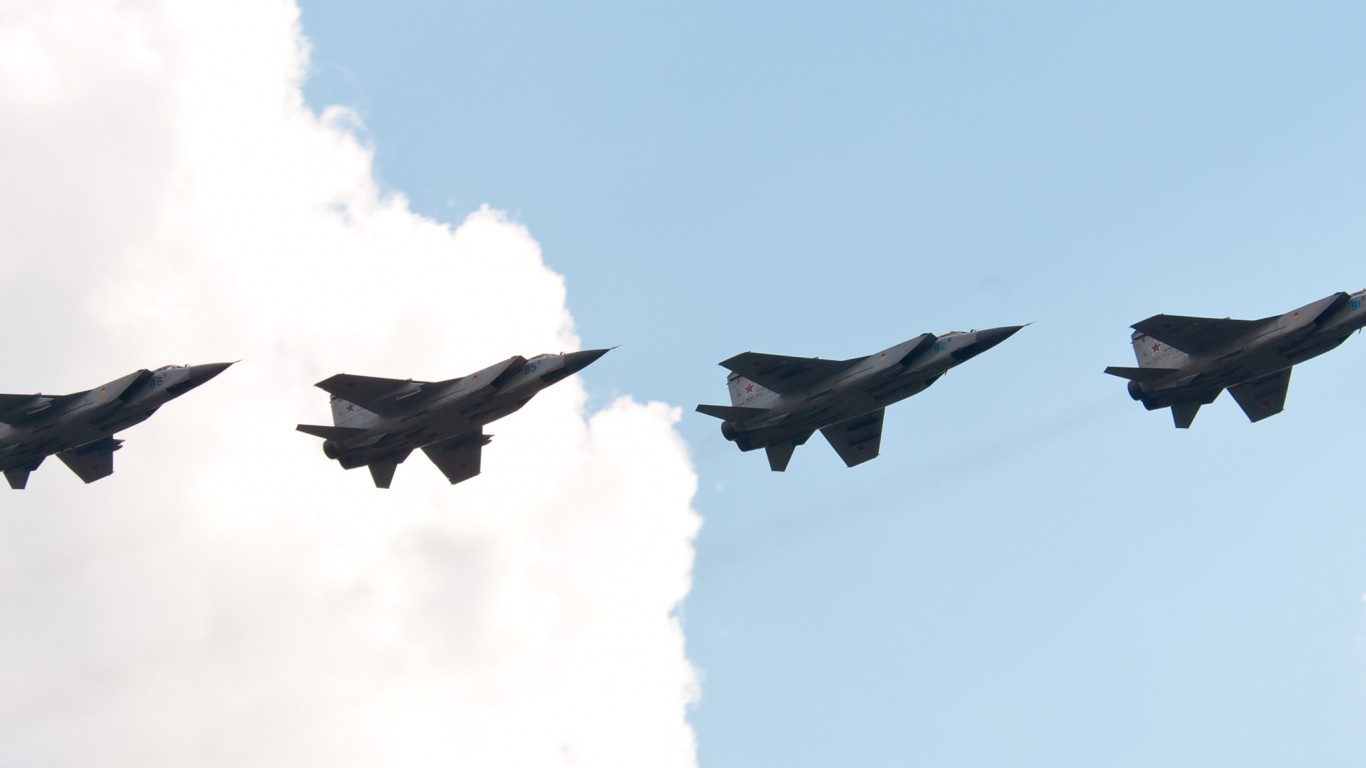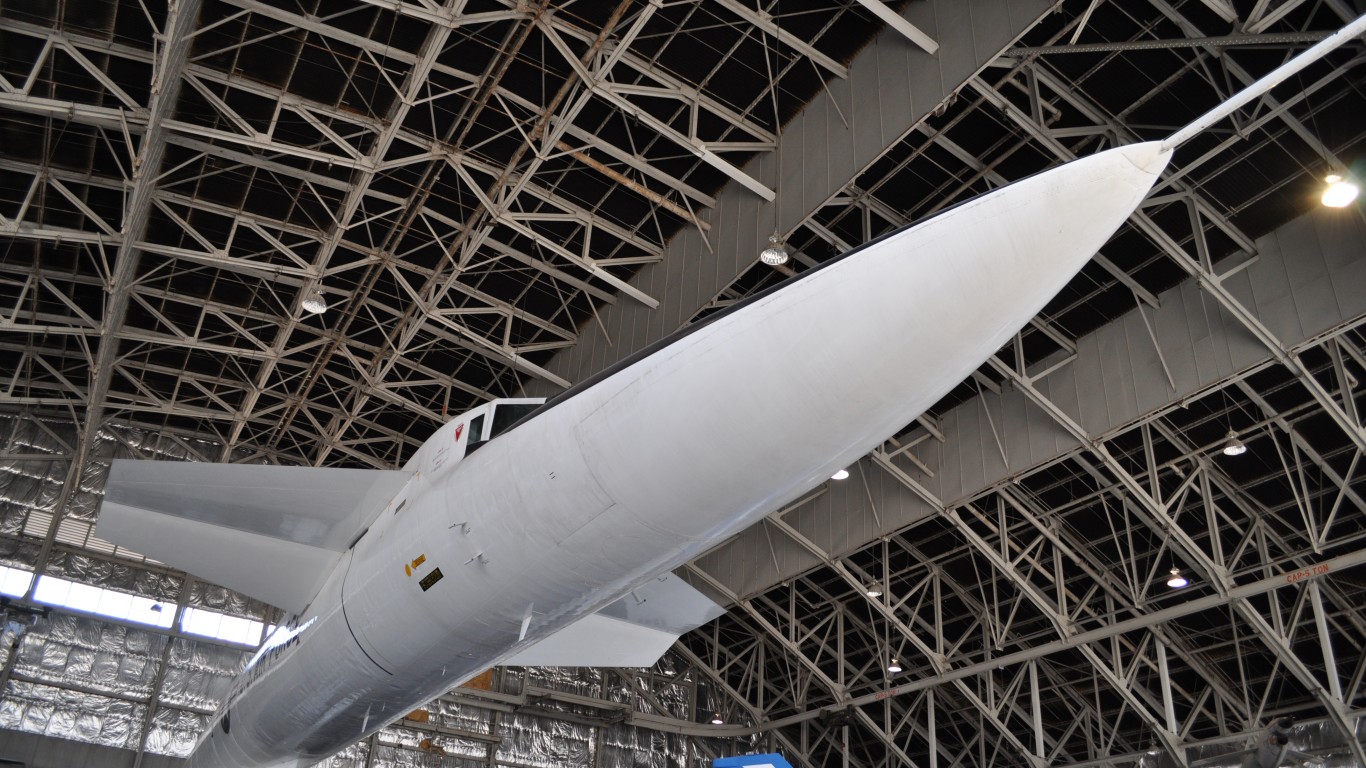
The first aircraft to achieve supersonic flight was the US military’s rocket-powered research plane the Bell X-1, which reached speeds of nearly 1,000 mph in 1947. Since then, supersonic flight has become common in military aircraft. The advantages of hyperfast warplanes are that they can be difficult for enemy radars to detect, and even more difficult to catch or destroy.
To determine the warplanes that can fly faster than the speed of sound, 24/7 Wall St. reviewed data from the aviation resource Jetify. The speed of sound – also called Mach 1 – is about 717 mph, but the exact speed changes depending on the temperature and pressure of the surrounding air. All jets listed fly at Mach 2 or faster, which is double the speed of sound. Costs listed are the US dollar amount at the time of production. While the cheapest warplane on the list cost $10 million to produce, the most expensive cost $750 million. (Here is the weapon the US military spends the most money on.)
The fastest warplane ever created was an experimental rocket-powered aircraft called the X-15, which reached a top speed of 4,520 mph (Mach 6.7) in 1967. The jet was a combined creation of the United States Air Force and the National Aeronautics and Space Administration, but was never mass produced. Although NASA has designed many faster rockets and crafts meant for space travel, the X-15 holds the record as the fastest crewed fighter jet. (These are the world’s fastest fighter jets.)
No other supersonic warplane has managed to come close to the speeds of the rocket-powered X-15. The second fastest fighter jet ever was the Lockheed SR-71 Blackbird, a reconnaissance plane that could exceed speeds of 2,500 mph (Mach 3.4). Although that might seem slow compared to the X-15, the SR-71 remains the fastest warplane that was ever produced and used in service.
Click here to see warplanes that fly faster than the speed of sound
Meanwhile, the fastest active fighter jet today is the Soviet-designed Mikoyan-Gurevich MiG-25 Foxbat, which tops out at 2,190 mph. Of the 16 warplanes on the list, five are Russian, while eight are American. Although a few of the planes are prototypes or experimental crafts that were never utilized in war, the rest have served as bombers, interceptors, and various other roles. Many are now retired. (This is the US Air Force’s oldest aircraft.)

16. Sukhoi Su-57
> Speed: 1,320 mph
> Country: Russia
> Cost: $42 million
[in-text-ad]
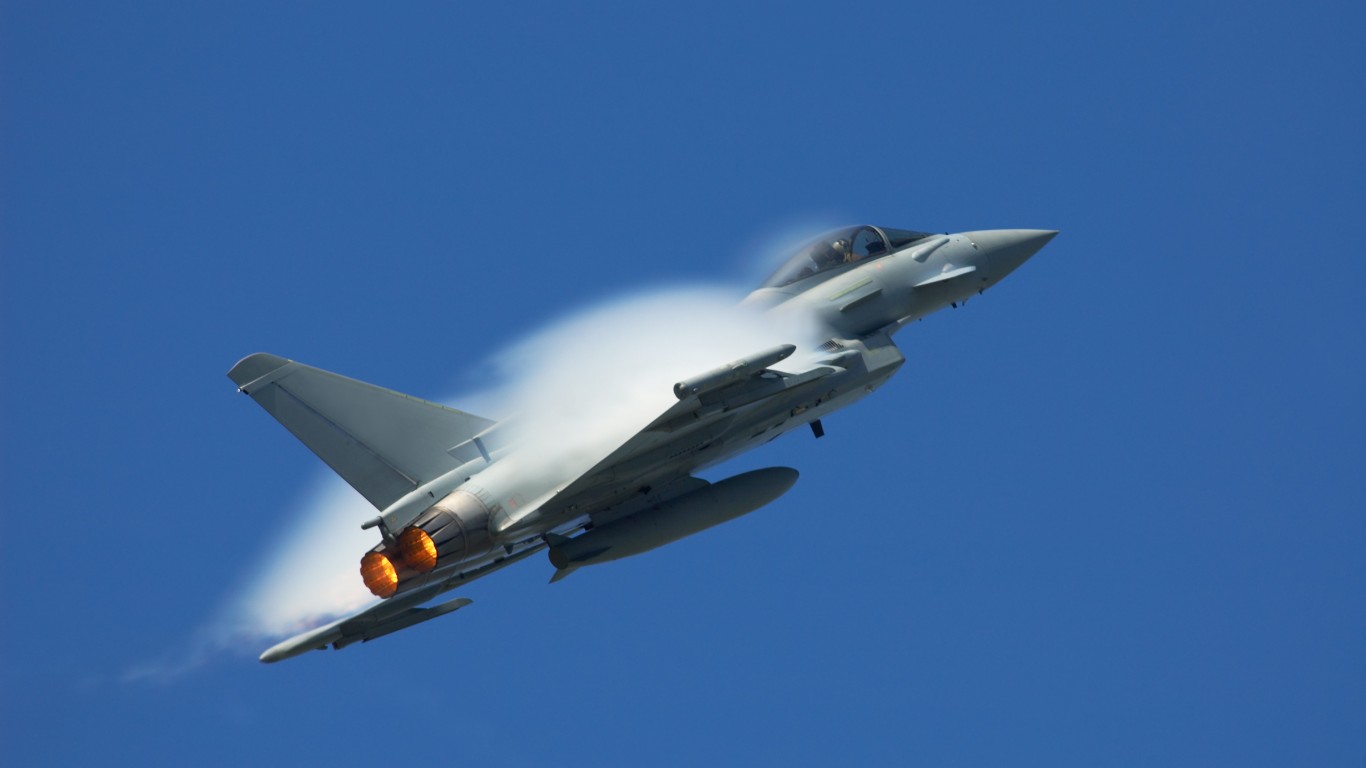
15. Eurofighter Typhoon
> Speed: 1,320 mph
> Country: Multi-national
> Cost: $105 million

14. F-22 Raptor
> Speed: 1,355 mph
> Country: USA
> Cost: $150 million
13. Dassault Mirage 2000
> Speed: 1,400 mph
> Country: France
> Cost: $31 million
[in-text-ad-2]

12. Chengdu J-10
> Speed: 1,445 mph
> Country: China
> Cost: $28 million
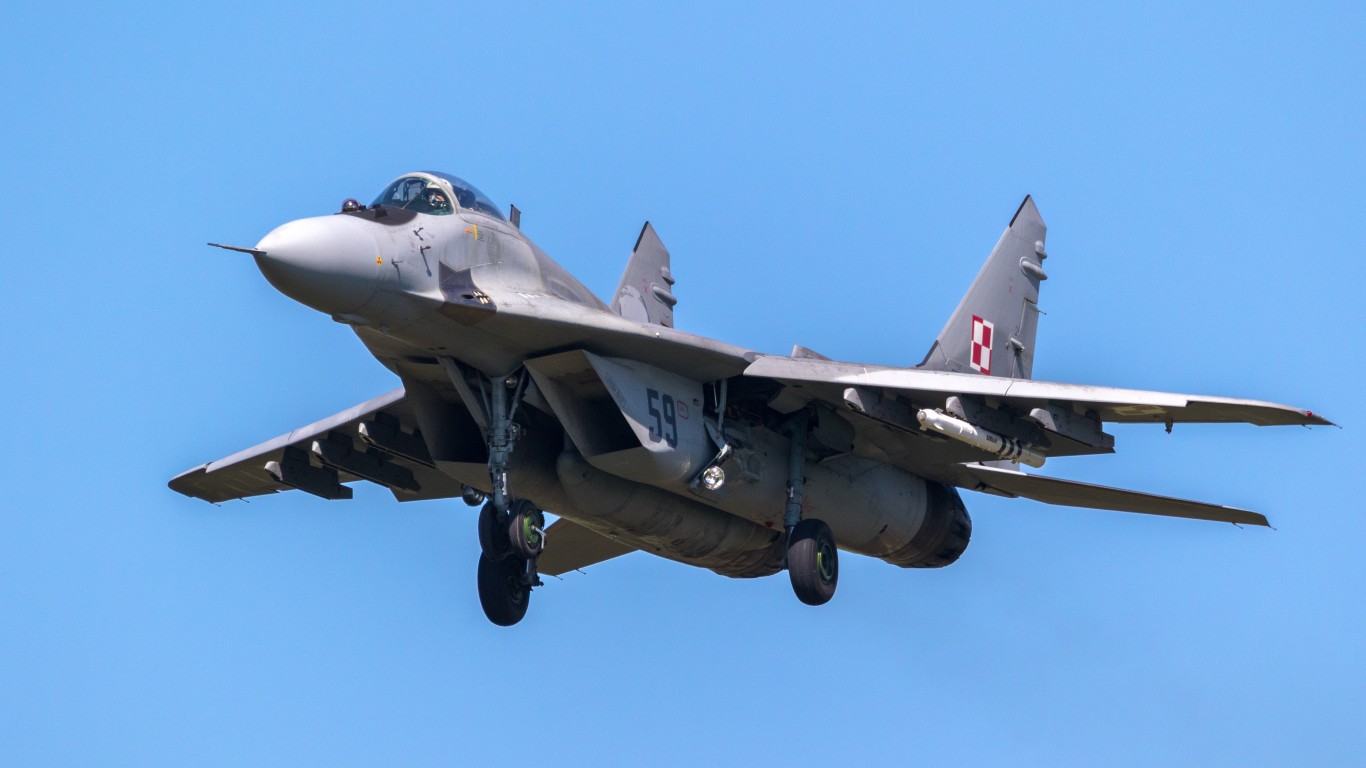
11. MiG-29 Fulcrum
> Speed: 1,520 mph
> Country: Russia
> Cost: $22 million
[in-text-ad]

10. Su-27 Flanker
> Speed: 1,553 mph
> Country: Russia
> Cost: $41 million

9. F-111 Aardvark
> Speed: 1,650 mph
> Country: USA
> Cost: $10 million

8. F-15 Eagle
> Speed: 1,650 mph
> Country: USA
> Cost: $30 million
[in-text-ad-2]
7. MiG-31 Foxhound
> Speed: 1,864 mph
> Country: Russia
> Cost: $33 million
6. XB-70 Valkyrie
> Speed: 2,056 mph
> Country: USA
> Cost: $750 million
[in-text-ad]
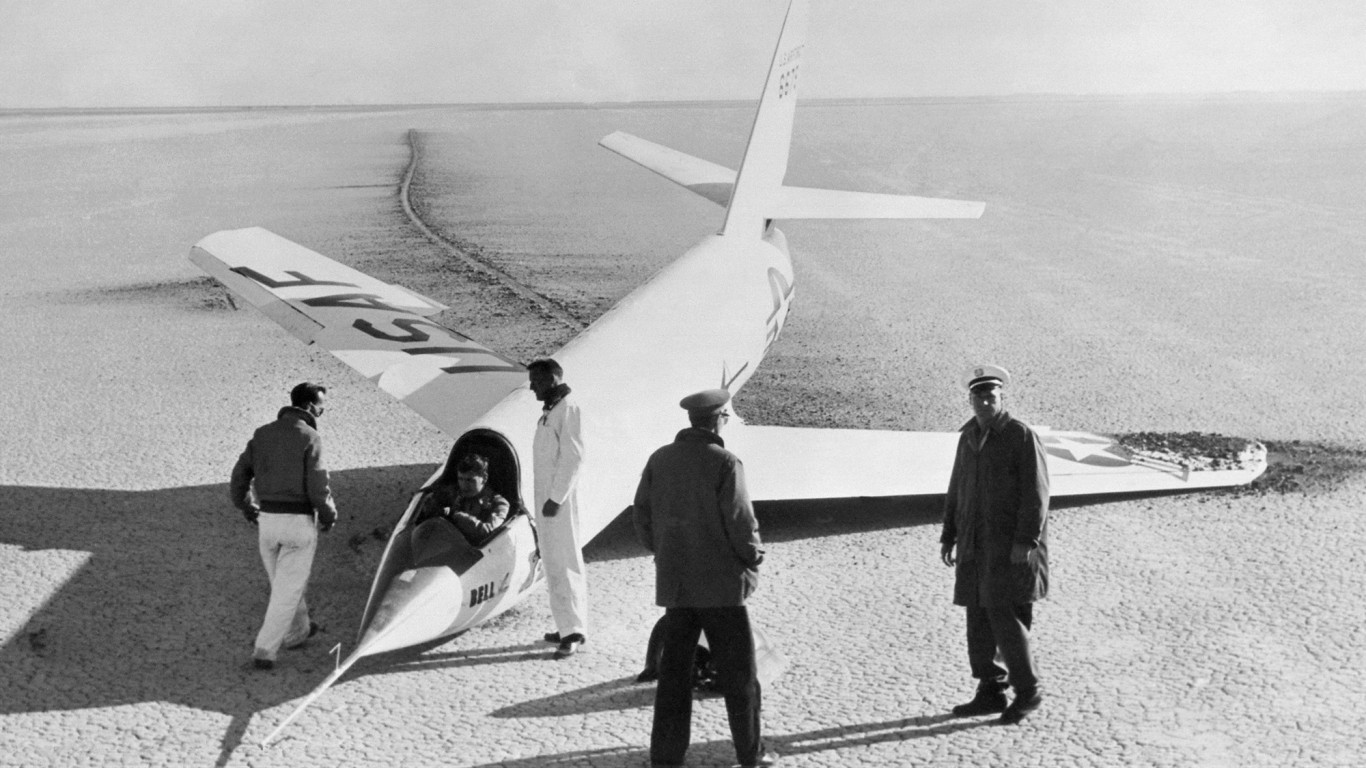
5. Bell X-2 Starbuster
> Speed: 2,094 mph
> Country: USA
> Cost: N/A

4. MiG-25 Foxbat
> Speed: 2,190 mph
> Country: Russia
> Cost: $60 million

3. Lockheed YF-12
> Speed: 2,275 mph
> Country: USA
> Cost: $18 million
[in-text-ad-2]

2. SR-71 Blackbird
> Speed: 2,500 mph+
> Country: USA
> Cost: $34 million

1. NASA/USAF X-15
> Speed: 4,520 mph
> Country: USA
> Cost: N/A
Find a Qualified Financial Advisor (Sponsor)
Finding a qualified financial advisor doesn’t have to be hard. SmartAsset’s free tool matches you with up to 3 fiduciary financial advisors in your area in 5 minutes. Each advisor has been vetted by SmartAsset and is held to a fiduciary standard to act in your best interests. If you’re ready to be matched with local advisors that can help you achieve your financial goals, get started now.
Thank you for reading! Have some feedback for us?
Contact the 24/7 Wall St. editorial team.
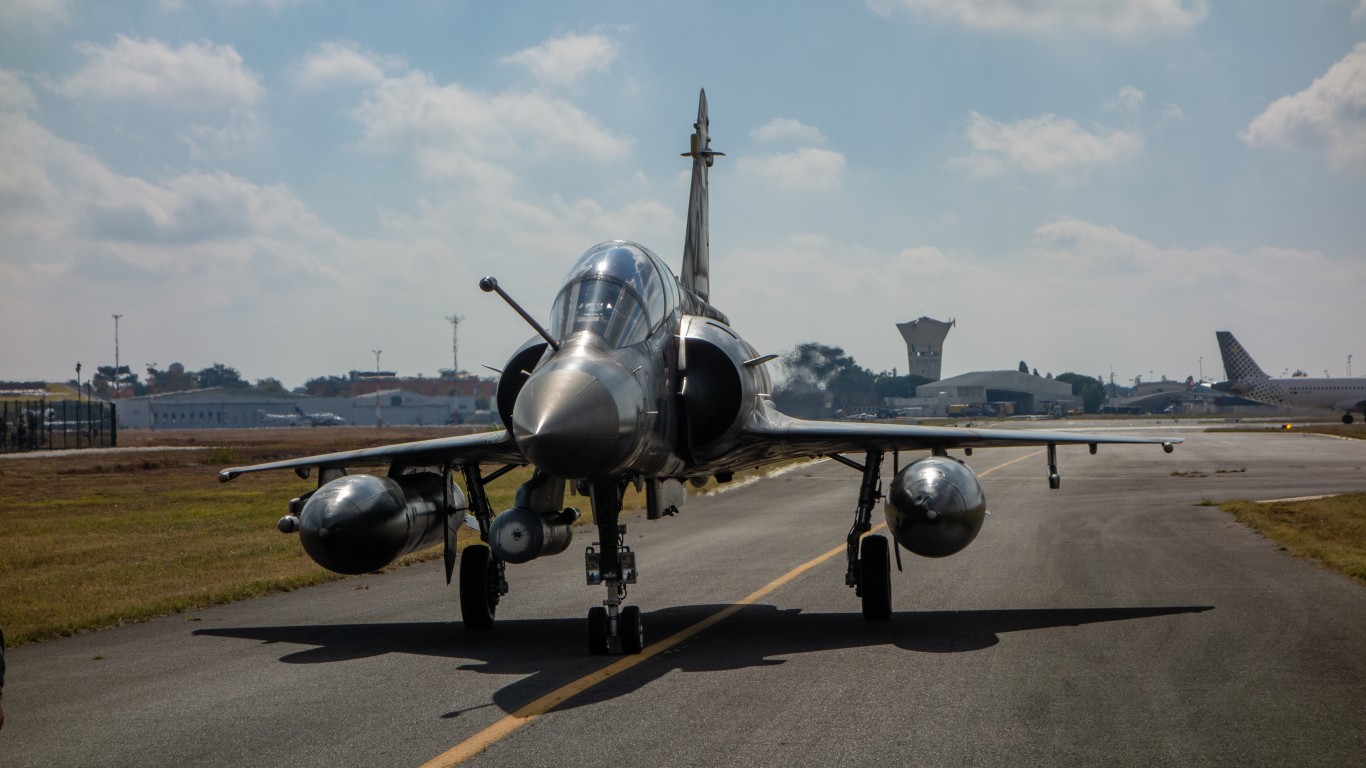
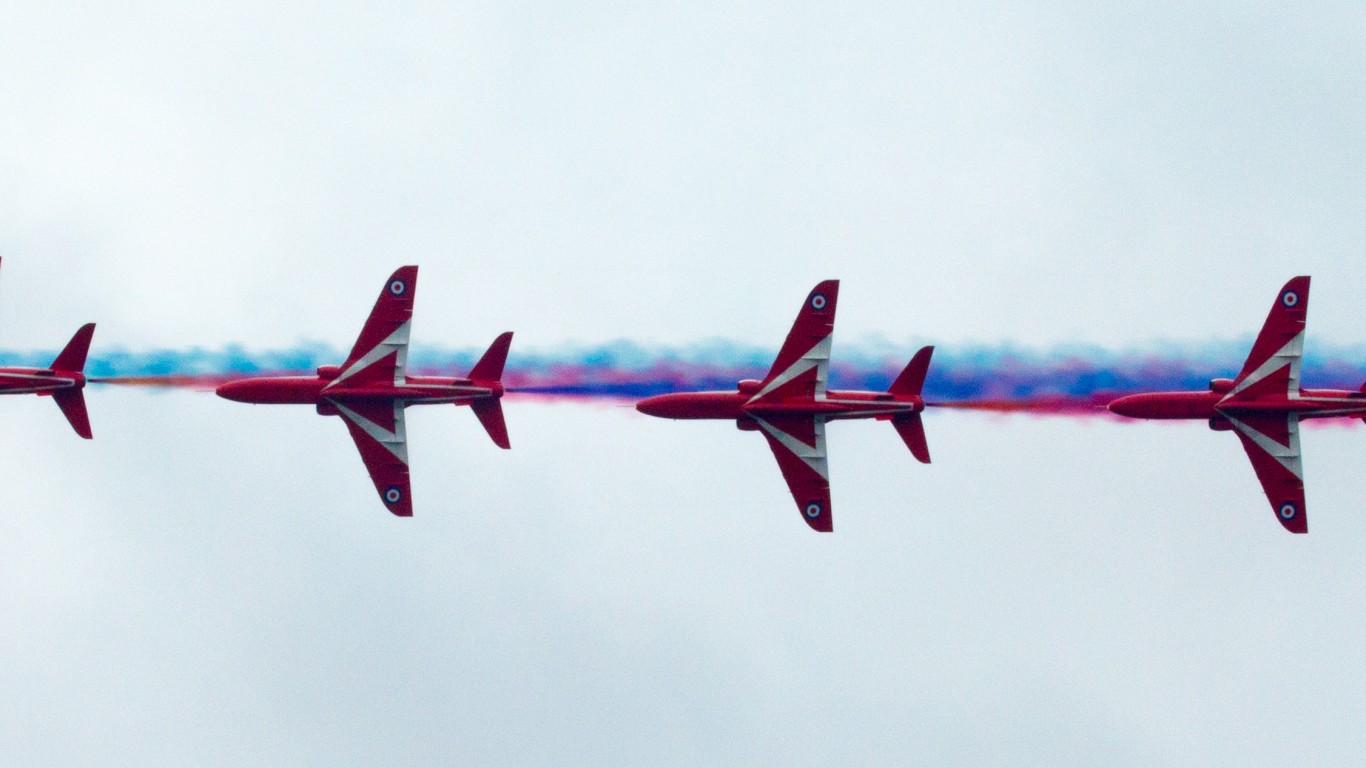 24/7 Wall St.
24/7 Wall St.